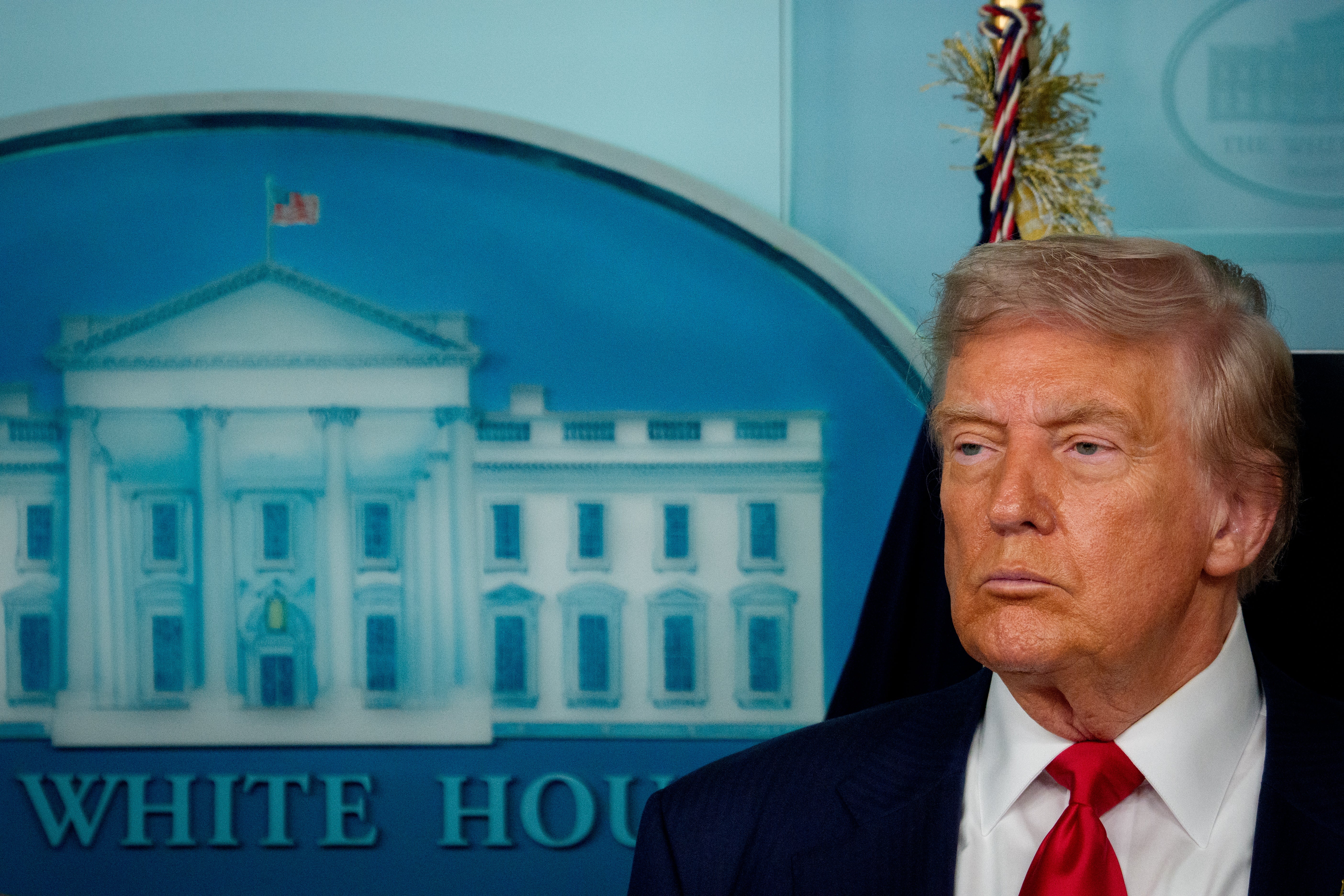Inflation rose largely with expectations in July according to the Consumer Price Index report from the Bureau of Labor Statistics.
The Consumer Price Index showed that inflation increased by 0.2 percent in the past month and in the past 12 months, it increased by 2.7 percent. But core CPI, which measures inflation all items except for food and energy, rose by 0.3 percent and by 3.1 percent.
The number comes as President Donald Trump’s tariffs begin to take effect, though on Monday, he announced another 90-day pause on tariffs against China as negotiations continue.

Last week, most of the president’s tariffs took effect after Trump paused them in April after the stock market tumbled and the Treasury bond market spiked. The number for July represents the final month before Americans would begin to see prices spike for everything from Irish Whiskey to Toyotas made in Japan to Brazilian coffee.
While the index for food did not change at all while the index for energy dropped by 1.1 percent last month, with the index for gasoline dropping 2.2 percent.
At the same time, some specific items saw their indexes spike, with meats increasing 1 percent in the past month and 5.8 percent in the past year. Fruits also saw an increase, with bananas, which Americans mostly receive from other countries, rising by 0.4 percent and cirtus fruits rising by 2.0 percent.
An increase in the shelter index by 0.2 percent offset drops in food and energy. The index for rent rose by 0.3 percent, as did the index for owners’ equivalent of rent. Other such as used cars and trucks rose by 0.5 percent and medical care services rose by 0.8 percent.
The July CPI report is also the first report from the Bureau of Labor Statistics since Trump fired the chief labor statistician after a poor jobs report that showed the economy added only 73,000 jobs in July and significantly revised down the number of jobs added in May and June.
On Monday, Trump announced that he had nominated economist D.J. Antoni, the chief economist at the conservative Heritage Foundation, to lead the Bureau of Labor Statistics. Antoni served as a contributor to the Heritage Foundation’s Project 2025 roadmap that the Trump administration has largely followed to guide his second presidency.
The numbers are just the latest sign of a larger trend with the Trump administration where Americans have yet to see the full effects of his “Liberation Day” reciprocal tariffs given his series of pauses on the tariffs. The on-again-off-again nature of his tariffs and negotiation style prompted the popular epithet among Wall Street traders that “Trump Always Chickens Out,” and its shorthand “TACO.”
Still, despite the president’s statements to the contrary, Americans are already feeling the effects of the tariffs. According to the Yale Budget Lab, consumers face an overall effective tariff rate of 18.6 percent, the highest since the Great Depression.
The report will also surely be watched by the Federal Reserve and Chairman Jerome Powell as he weighs whether to keep interest rates steady to control inflation or cut interest rates, which the president has long wanted.


